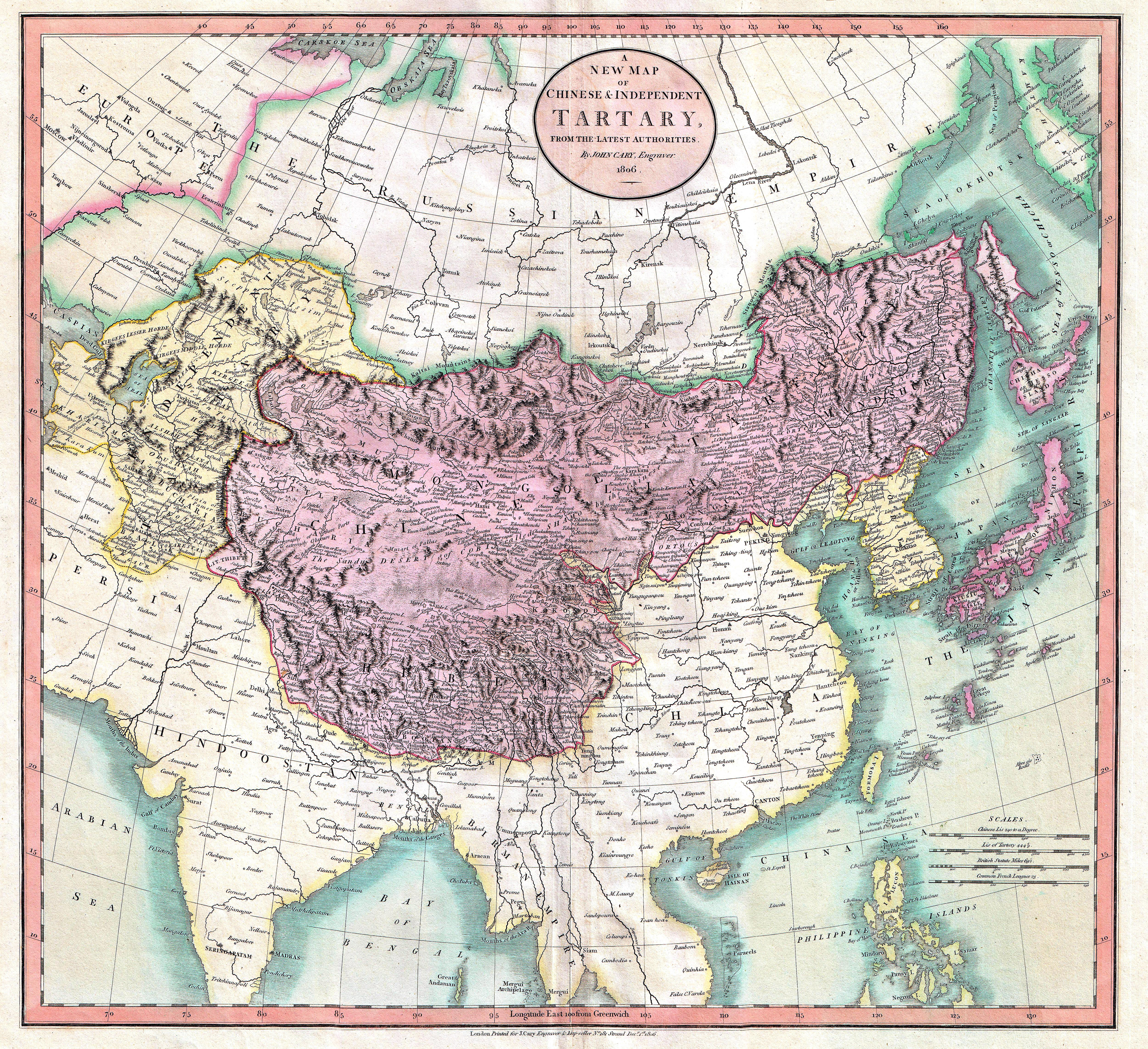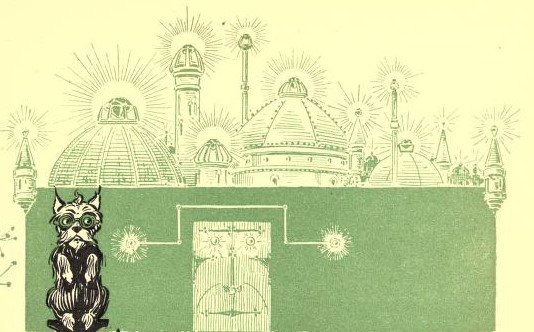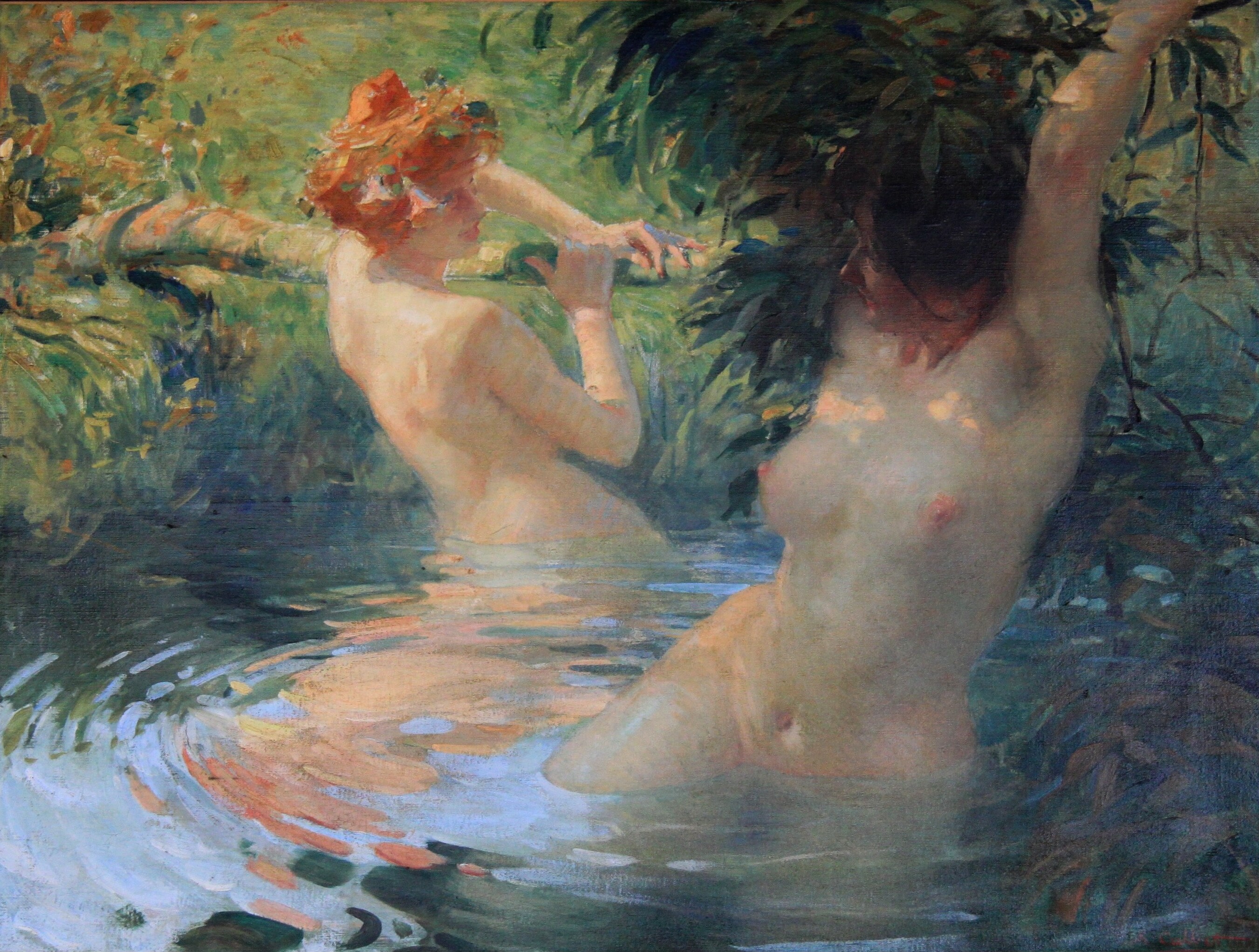|
Mandricardo (Lin Carter Novel)
''Mandricardo : New Adventures in Terra Magica'' is a fantasy novel by American writer Lin Carter, the third in his series about the fictional "Flat Earth" of Terra Magica. It was first published in paperback by DAW Books in January 1987. A trade paperback edition was published by Wildside Press in 2001, with an ebook edition following from Gateway/Orion in March 2020. Plot summary The novel's setting of Terra Magica is "the world as imagined by Dark Ages (historiography), Dark Age European geographers and bestiary-writers," envisioned as one that "actually exists as a world parallel to our own. There magic works, Hippogriff, hippogryphs and Manticore, mantichores roam free, the earth is flat, paynims worship Termagant, and there is no Western Hemisphere."Price, Robert M. ''Lin Carter: A Look Behind His Imaginary Worlds''. Mercer Island, WA, Starmont House, 1991, page 86. The story features two characters introduced in previous volumes, Mandricardo of Tartary, namesake of his pur ... [...More Info...] [...Related Items...] OR: [Wikipedia] [Google] [Baidu] |
WikiProject Novels
A WikiProject, or Wikiproject, is an affinity group for contributors with shared goals within the Wikimedia movement. WikiProjects are prevalent within the largest wiki, Wikipedia, and exist to varying degrees within Wikimedia project, sibling projects such as Wiktionary, Wikiquote, Wikidata, and Wikisource. They also exist in different languages, and translation of articles is a form of their collaboration. During the COVID-19 pandemic, CBS News noted the role of Wikipedia's WikiProject Medicine in maintaining the accuracy of articles related to the disease. Another WikiProject that has drawn attention is WikiProject Women Scientists, which was profiled by ''Smithsonian Magazine, Smithsonian'' for its efforts to improve coverage of women scientists which the profile noted had "helped increase the number of female scientists on Wikipedia from around 1,600 to over 5,000". On Wikipedia Some Wikipedia WikiProjects are substantial enough to engage in cooperative activities with outsi ... [...More Info...] [...Related Items...] OR: [Wikipedia] [Google] [Baidu] |
Tartary
Tartary (Latin: ''Tartaria''; ; ; ) or Tatary () was a blanket term used in Western European literature and cartography for a vast part of Asia bounded by the Caspian Sea, the Ural Mountains, the Pacific Ocean, and the northern borders of China, India, and Persia, at a time when this region was largely unknown to European geographers. The active use of the toponym (place name) can be traced from the 13th to the 19th centuries. In European sources, Tartary became the most common name for Central Asia that had no connection with the real polities or ethnic groups of the region; until the 19th century, European knowledge of the area remained extremely scarce and fragmentary. In modern English-speaking tradition, the region formerly known as Tartary is usually called Inner Asia or Central Eurasia. Much of this area consists of arid plains, the main nomadic population of which in the past was engaged in animal husbandry. Ignorance surrounding Tartary's use as a place name has spawn ... [...More Info...] [...Related Items...] OR: [Wikipedia] [Google] [Baidu] |
The High Place
''The High Place'' (subtitled ''A Comedy of Disenchantment'') is a 1923 fantasy novel by James Branch Cabell, first published in hardcover by Robert M. McBride in an edition illustrated by Frank C. Pape. It is the eighth volume in the Storisende edition of Cabell's ''Biography of the Life of Manuel''. ''The High Place'' is a satirical sequel to the Sleeping Beauty tales, depicting a marriage where the "happily ever after" coda has gone far awry. In 1936, dramatist Sidney Kingsley attempted to stage an adaptation of the novel, to be retitled "The Enchanted Princess", on Broadway. Frank Morgan was reported to be the likely star of the production. The production was abandoned later that year, and Kingsley let his option on the novel expire. ''The High Place'' was revived in 1970 as a release in the Ballantine Adult Fantasy Series. It was reissued later in the decade by both Del Rey Books and Dover Books. Reception H. L. Mencken called ''The High Place'' "an extremely amusing book, ... [...More Info...] [...Related Items...] OR: [Wikipedia] [Google] [Baidu] |
James Branch Cabell
James Branch Cabell (; April 14, 1879 – May 5, 1958) was an American author of fantasy fiction and ''belles-lettres''. Cabell was well-regarded by his contemporaries, including H. L. Mencken, Edmund Wilson, and Sinclair Lewis. His works were considered escapist and fit well in the culture of the 1920s, when they were most popular. For Cabell, veracity was "the one unpardonable sin, not merely against art, but against human welfare". Although escapist, Cabell's works are ironic and satirical. Mencken disputed Cabell's claim to romanticism and characterized him as "really the most acidulous of all the anti-romantics. His gaudy heroes ... chase dragons precisely as stockbrockers play golf." According to Louis D. Rubin, Cabell saw art as an escape from life, but found that, once the artist creates his ideal world, it is made up of the same elements that make the real one. Interest in Cabell declined in the 1930s, a decline that has been attributed in part to his failu ... [...More Info...] [...Related Items...] OR: [Wikipedia] [Google] [Baidu] |
The Wonderful Wizard Of Oz
''The Wonderful Wizard of Oz'' is a 1900 children's novel written by author L. Frank Baum and illustrated by W. W. Denslow. It is the first novel in the Oz series of books. A Kansas farm girl named Dorothy ends up in the magical Land of Oz after she and her pet dog Toto are swept away from their home by a cyclone. Upon her arrival in the magical world of Oz, she learns she cannot return home until she has destroyed the Wicked Witch of the West. The book was first published in the United States in September 1900 by the George M. Hill Company. It had sold three million copies by the time it entered the public domain in 1956. It was often reprinted under the title ''The Wizard of Oz'', which is the title of the successful 1902 Broadway musical adaptation as well as the 1939 live-action film. The ground-breaking success of both the original 1900 novel and the 1902 musical prompted Baum to write thirteen additional Oz books, which serve as official se ... [...More Info...] [...Related Items...] OR: [Wikipedia] [Google] [Baidu] |
The Rose And The Ring
''The Rose and The Ring'' is a satirical work of fantasy fiction written by William Makepeace Thackeray, originally published on Christmas in 1854, though the first edition is dated 1855. It criticises, to some extent, the attitudes of the monarchy and those at the top of society and challenges their ideals of beauty and marriage. Set in the fictional countries of Paflagonia and Crim Tartary (named after historical lands, but having nothing to do with them except the names), the story revolves around the lives and fortunes of four young royal cousins, Princesses Angelica and Rosalba, and Princes Bulbo and Giglio. Each page is headed by a line of poetry summing up the plot at that point and the storyline as a whole is laid out, as the book states, as "A Fireside Pantomime". The original edition had illustrations by Thackeray who had once intended a career as an illustrator. Plots The plot opens on the royal family of Paflagonia eating breakfast together: King Valoroso, his wif ... [...More Info...] [...Related Items...] OR: [Wikipedia] [Google] [Baidu] |
William Makepeace Thackeray
William Makepeace Thackeray ( ; 18 July 1811 – 24 December 1863) was an English novelist and illustrator. He is known for his Satire, satirical works, particularly his 1847–1848 novel ''Vanity Fair (novel), Vanity Fair'', a panoramic portrait of British society, and the 1844 novel ''The Luck of Barry Lyndon'', which was Barry Lyndon, adapted for a 1975 film by Stanley Kubrick. Thackeray was born in Calcutta, British India, and was sent to England after his father's death in 1815. He studied at various schools and briefly attended Trinity College, Cambridge, before leaving to travel Europe. Thackeray squandered much of his inheritance on gambling and unsuccessful newspapers. He turned to journalism to support his family, primarily working for ''Fraser's Magazine'', ''The Times'', and ''Punch (magazine), Punch''. His wife Isabella suffered from mental illness. Thackeray gained fame with his novel ''Vanity Fair'' and produced several other notable works. He unsuccessfully ran f ... [...More Info...] [...Related Items...] OR: [Wikipedia] [Google] [Baidu] |
Enchanter (fantasy)
A magician, also known as an archmage, mage, magus, magic-user, spellcaster, enchanter/enchantress, sorcerer/sorceress, warlock, witch, or wizard, is someone who uses or practices magic derived from supernatural, occult, or arcane sources. Magicians enjoy a rich history in mythology, legends, fiction, and folklore, and are common figures in works of fantasy, such as fantasy literature and role-playing games. Character archetypes People who work magic are called by several names in fantasy works, and terminology differs widely from one fantasy world to another. While derived from real-world vocabulary, the terms: ''magician'', ''mage'', ''magus'', ''enchanter/enchantress'', ''sorcerer/sorceress'', ''warlock'', ''witch'', and ''wizard'', each have different meanings depending upon context and the story in question. ''Archmage'' is used in fantasy works to indicate a powerful magician or a leader of magicians. Enchanters typically practice a type of imbued magic that pro ... [...More Info...] [...Related Items...] OR: [Wikipedia] [Google] [Baidu] |
Undine
Undines (; also ondines) are a category of elemental beings associated with water, stemming from the alchemical writings of Paracelsus. Later writers developed the undine into a water nymph in its own right, and it continues to live in modern literature and art through such adaptations as Danish Hans Christian Andersen's 1837 "The Little Mermaid" and the 1811 novella '' Undine'' by Friedrich de la Motte Fouqué. Etymology The term ''Undine'' first appears in the alchemical writings of Paracelsus, a Renaissance alchemist and physician. It derives from the Latin word ''unda'', meaning "wave", and first appears in Paracelsus' ''A Book on Nymphs, Sylphs, Pygmies, and Salamanders, and on the Other Spirits'', published posthumously in 1566. ''Ondine'' is an alternative spelling, and has become a female given name. Elementals Paracelsus believed that each of the four classical elementsearth, water, air and fireis inhabited by different categories of elemental spirits, liminal creat ... [...More Info...] [...Related Items...] OR: [Wikipedia] [Google] [Baidu] |
Salamanders In Folklore
The salamander is an amphibian of the order Urodela which once, like many real creatures, often was suppositiously ascribed fantastic and sometimes occult qualities by pre-modern authors, as in the allegorical descriptions of animals in medieval bestiaries. The legendary salamander is often depicted as a typical salamander in shape, with a lizard-like form, but is usually ascribed an affinity with fire, sometimes specifically elemental fire. European lore This legendary creature embodies the fantastic qualities that ancient and medieval commentators ascribed to the natural salamander. Many of these qualities are rooted in verifiable traits of the natural creature but often exaggerated. A large body of legend, mythology, and symbolism has developed around this creature over the centuries. Carl Linnaeus in the 10th edition of ''Systema Naturae'' of 1758 established the scientific description of the salamander and noted the chief characteristics described by the ancients: the report ... [...More Info...] [...Related Items...] OR: [Wikipedia] [Google] [Baidu] |
Troll
A troll is a being in Nordic folklore, including Norse mythology. In Old Norse sources, beings described as trolls dwell in isolated areas of rocks, mountains, or caves, live together in small family units, and are rarely helpful to human beings. In later Scandinavian folklore, trolls became beings in their own right, where they live far from human habitation, are not Christianized, and are considered dangerous to human beings. Depending on the source, their appearance varies greatly; trolls may be ugly and slow-witted, or look and behave exactly like human beings, with no particularly grotesque characteristic about them. In Scandinavian folklore, trolls are sometimes associated with particular landmarks (sometimes said to have been formed by a troll having been exposed to sunlight). Trolls are depicted in a variety of media in modern popular culture. Etymology The Old Norse nouns ''troll'' and ''trǫll'' (variously meaning "fiend, demon, werewolf, jötunn") and Middle High ... [...More Info...] [...Related Items...] OR: [Wikipedia] [Google] [Baidu] |
Magic Carpet
A magic carpet, also called a flying carpet, is a legendary carpet and common trope in fantasy fiction. It is typically used as a form of transportation and can quickly or instantaneously carry its user(s) to their destination. In literature One of the stories in the ''One Thousand and One Nights'' relates how Prince Husain, the eldest son of Sultan of the Indies, travels to Bisnagar (Vijayanagara) in India and buys a magic carpet. This carpet is described as follows: "Whoever sitteth on this carpet and willeth in thought to be taken up and set down upon other site will, in the twinkling of an eye, be borne thither, be that place nearhand or distant many a day's journey and difficult to reach." The literary traditions of several other cultures also feature magical carpets, in most cases literally flying rather than instantly transporting their passengers from place to place. Solomon's carpet was reportedly made of green silk with a golden weft, long and wide: "when Solomon ... [...More Info...] [...Related Items...] OR: [Wikipedia] [Google] [Baidu] |







